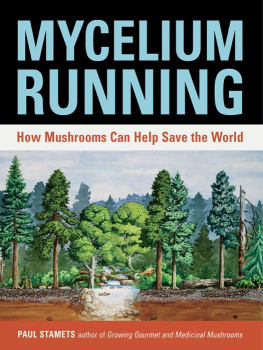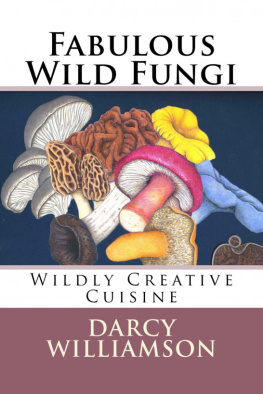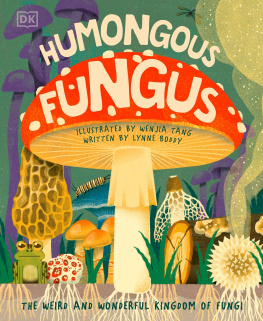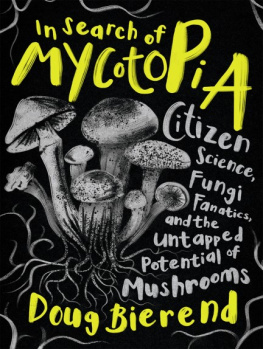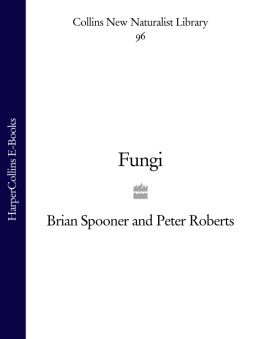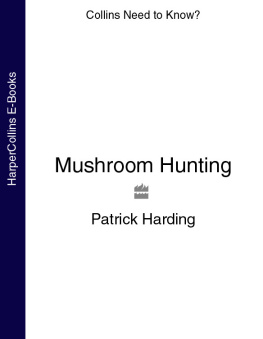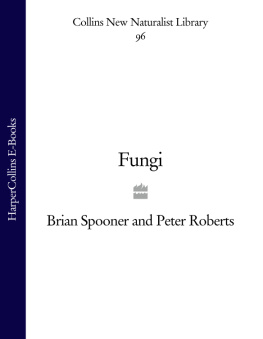Paul Stamets - Fantastic Fungi
Here you can read online Paul Stamets - Fantastic Fungi full text of the book (entire story) in english for free. Download pdf and epub, get meaning, cover and reviews about this ebook. year: 2020, publisher: Earth Aware Editions, genre: Romance novel. Description of the work, (preface) as well as reviews are available. Best literature library LitArk.com created for fans of good reading and offers a wide selection of genres:
Romance novel
Science fiction
Adventure
Detective
Science
History
Home and family
Prose
Art
Politics
Computer
Non-fiction
Religion
Business
Children
Humor
Choose a favorite category and find really read worthwhile books. Enjoy immersion in the world of imagination, feel the emotions of the characters or learn something new for yourself, make an fascinating discovery.

- Book:Fantastic Fungi
- Author:
- Publisher:Earth Aware Editions
- Genre:
- Year:2020
- Rating:3 / 5
- Favourites:Add to favourites
- Your mark:
Fantastic Fungi: summary, description and annotation
We offer to read an annotation, description, summary or preface (depends on what the author of the book "Fantastic Fungi" wrote himself). If you haven't found the necessary information about the book — write in the comments, we will try to find it.
Gorgeous photography! Time-lapse sequences of mushrooms blossoming forth could pass for studies of exotic flowers growing on another planet. Joe Morgenstern, The Wall Street Journal
The Life-Affirming, Mind-Bending Companion Book to the Smash Hit Documentary FANTASTIC FUNGI
Viewed in over 100 countries and selling hundreds of thousands of tickets on the way to finishing 2019 with a rare 100% Tomato meter rating on Rotten Tomatoes, Schwartzbergs documentary Fantastic Fungi has brought the mycological revolution to the world stage. This is the films official companion book, that expands on the documentarys message: that mushrooms and fungi will change your life and save the planet.
Paul Stamets, the worlds preeminent mushroom and fungi expert is joined by leading ecologists, doctors, and explorers such as Michael Pollan, Dr. Andrew Weil, Eugenia Bone, Fantastic Fungi director Louie Schwartzberg, and many more. Together these luminaries show how fungi and mushrooms can restore the planets ecosystems, repair our physical health, and renew humanitys symbiotic relationship with nature.
Join the Movement: Learn about the groundbreaking research that shows why mushrooms stand to provide a solution to environmental challenges, a viable alternative to traditional medicine, and a chance to radically shift consciousness.
Most Comprehensive Fungi book in the world: Admire the astounding, underappreciated beauty with over 400 gloriously-shot photographs of the mycelial worlds most rare and beautiful species in their natural environment.
Worlds Leading Fungi Experts: Edited by preeminent mycologist Paul Stamets, who contributes original pieces, Fungi includes original contributions by bestselling author and activist Michael Pollan, alternative medicine expert Dr. Andrew Weil, award-winning nature and food writer Eugenia Bone, Fantastic Fungi director Louie Schwartzberg, and so many more. The books roster of experts make this the most comprehensive survey of the diverse benefits and extraordinary potential of these amazing organisms.
Paul Stamets: author's other books
Who wrote Fantastic Fungi? Find out the surname, the name of the author of the book and a list of all author's works by series.

